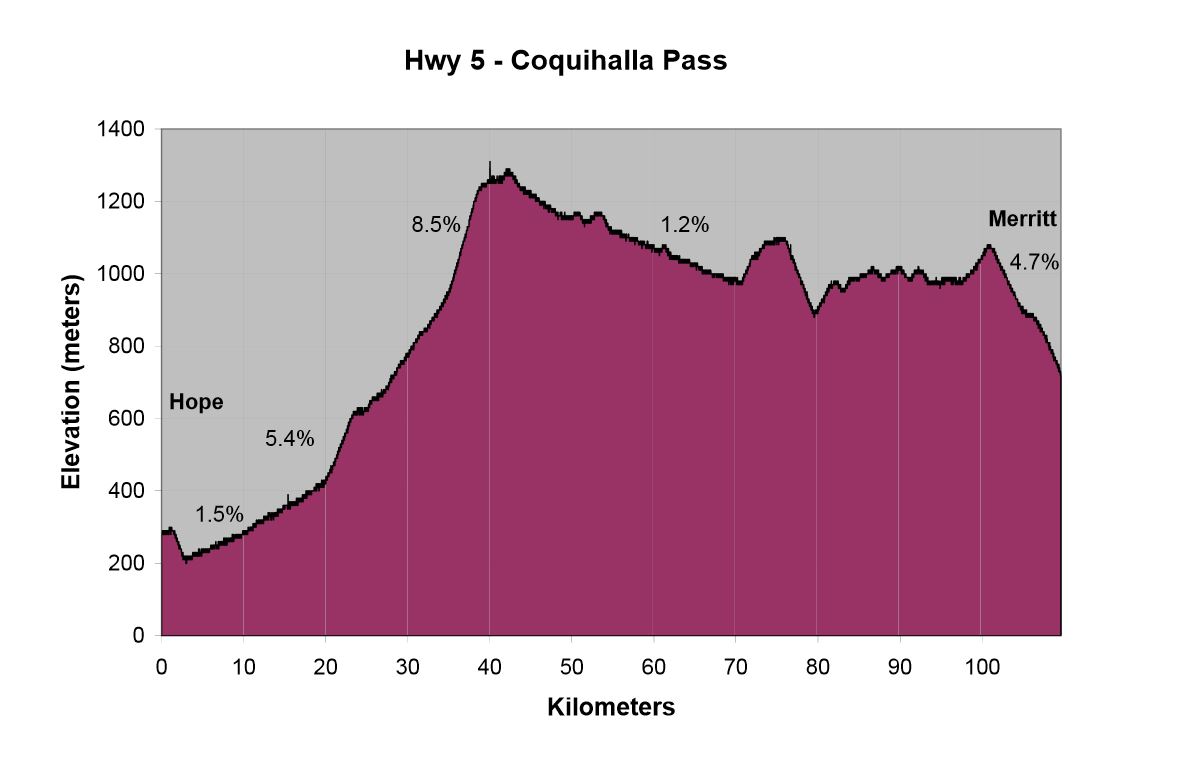Serious question..
I noticed on "L" the brakes can make 50 kWH easily but just for a few seconds as the car slows down. This charges the battery at 50 kWH and then varying levels as the car brakes and slows on a trip.
Could the car be charged with just the brakes? If it could provide that level of power for a more prolonged time it could potentially charge the car quickly.
Test could be done by running the battery all the way down. Towing it with another car so all wheels are on the ground. Turn the car on and put it in "L." Should be able to get 50kWH or more over an hour on highway at 55. May need much less time if it works.
THEN if it does work set up a charging roller system in the garage. Pull the car in, get front tires on the roller system. Need to secure the car somehow so it stays in place. Then turn the car on and put it in "L." Turn on the roller system to drive the wheels and charge the car with high kWH quickly.
Limiting factor would be whether the power to spin a roller system would take more power than just plugging in at 3.3 kWH. But if it only took 30 minutes or less it would use less power to turn the roller setup.
So serious replies. Could this work? Break the 3.3 KWH barrier for charging?
I noticed on "L" the brakes can make 50 kWH easily but just for a few seconds as the car slows down. This charges the battery at 50 kWH and then varying levels as the car brakes and slows on a trip.
Could the car be charged with just the brakes? If it could provide that level of power for a more prolonged time it could potentially charge the car quickly.
Test could be done by running the battery all the way down. Towing it with another car so all wheels are on the ground. Turn the car on and put it in "L." Should be able to get 50kWH or more over an hour on highway at 55. May need much less time if it works.
THEN if it does work set up a charging roller system in the garage. Pull the car in, get front tires on the roller system. Need to secure the car somehow so it stays in place. Then turn the car on and put it in "L." Turn on the roller system to drive the wheels and charge the car with high kWH quickly.
Limiting factor would be whether the power to spin a roller system would take more power than just plugging in at 3.3 kWH. But if it only took 30 minutes or less it would use less power to turn the roller setup.
So serious replies. Could this work? Break the 3.3 KWH barrier for charging?





